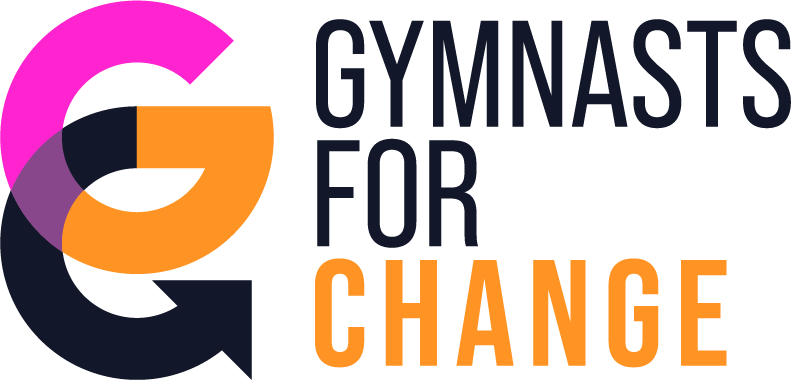Statement on the dangers of gymnastics
In July 2022 the Gymnasts for Change team co-authored a response to Simone Biles withdrawal from the 2022 Tokyo Olympics team competition.
The pressure placed on funded athletes to perform at major championships can be extreme. While many athletes experience mental health issues as a direct result of the environments they train and work in, what Simone Biles’ decision not to compete in the all-around competition at Tokyo shows us is that gymnastics is different.
The risks involved in gymnastics are extreme - one misstep and a gymnast can sustain a life-threatening or life-limiting injury.
Just today, Claudia Frangapane shared in a BBC World at One interview that she had pushed herself too hard at the British trials this year and was knocked out with a concussion, but was lucky not to have sustained worse.
Claudia is just one the gymnasts speaking out about the risks that are inherent in the sport. For 40 years, since the life-changing injury sustained by Elena Mukhina which left her as a quadriplegic, athletes’ voices have been silenced when raising their concerns about their personal safety within the sport.
In the words of Elena: “My injury could have been prevented… I had hurt myself badly several times but [Mikhail Klimenko] just replied that people like me don’t break their necks”.
It’s time for the silencing of athletes’ voices to end. We commend Simone Biles for taking steps to protect her mental and physical health during the games, and hope to see many other athletes taken seriously when raising the flag on the dangers in our sport.
Edit (30/07/2021)
To assume Simone Biles’ withdrawal came simply because she wasn’t on her A-game, however, is to miss the point.
Simone’s withdrawal from the competition is not only about promoting mental health. It’s about her personal experience of the decades of corruption and cover-up of the exploitation and sexual abuse of gymnasts happening at the hands of USAG.
The real story here is how USAG continues to deny they had a legal duty to protect her and other athletes from the convicted team doctor Larry Nassar, and how USAG continues to evade accountability in judicial manoeuvring.
If it wasn’t for Simone using her profile to highlight the issue, USAG would still be making women train behind closed doors in the Karolyi Ranch, the USOPC-sanctioned training facility where gymnasts were molested.
As Simone told NBC’s Hoda Kotb in a recent interview, one of the main reasons she came back for another Olympics at age 24 was to try to ensure some accountability.
“If there weren’t a remaining survivor in the sport, they would’ve just brushed it to the side”.

